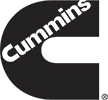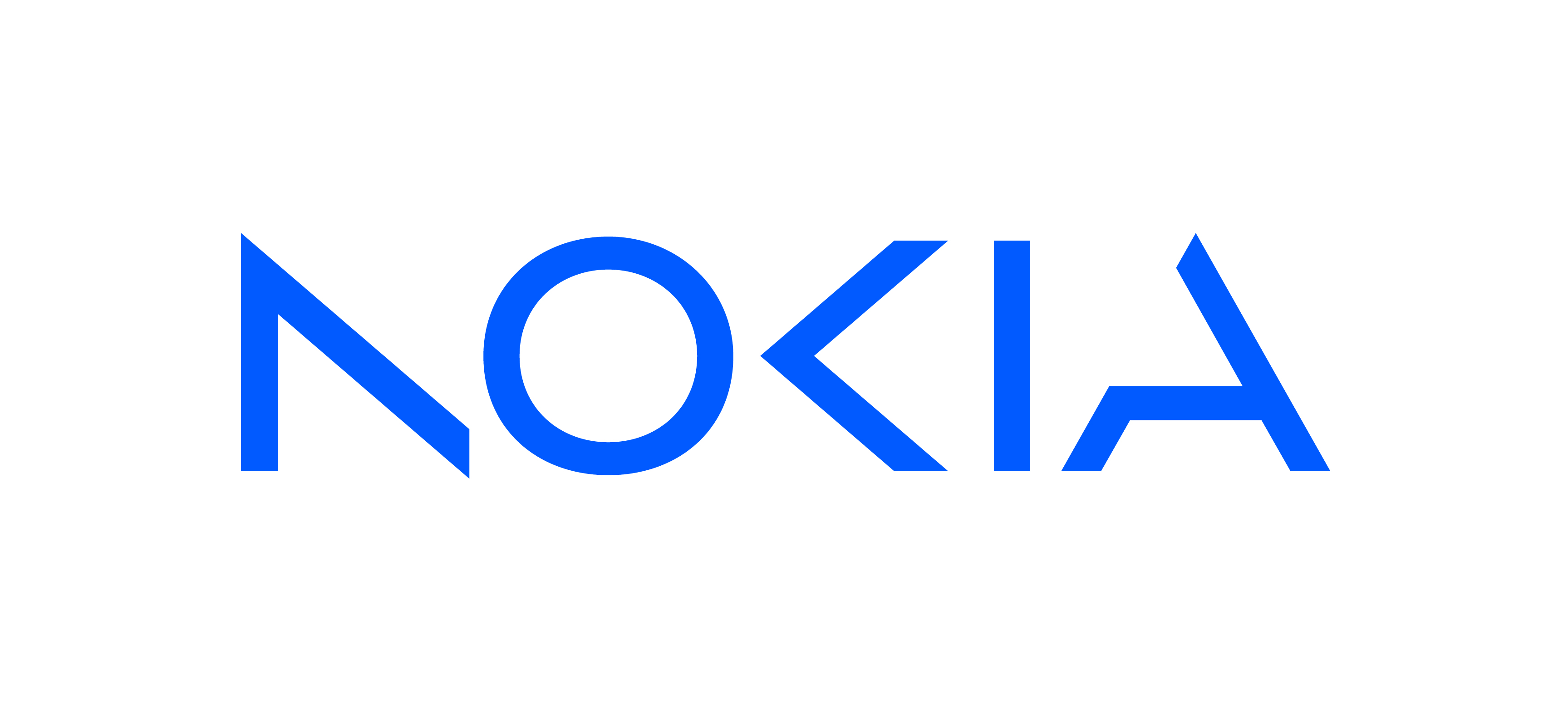Following major developments during December 2015, we can now report that the EU Trade Secrets Directive has moved to a near-final stage, with the final legislation looking likely to be passed early in the New Year. Although much remained to be finalised as recently as late autumn, a sustained push by the out-going Luxembourg Presidency of the EU Council led to several “trilogue” meetings in the early winter 2015, with a “provisional agreement” being reached on 15 December. The text in question was then released for public consumption on 22 December, allowing us to assess the quality and likely impact of the Directive. We can also report on the effectiveness of the IP Federation’s efforts to engage with the legislative process, which appear to have had a positive impact.
Publications

Total Documents: 26
 Progress on the EU Trade Secrets Directive
Progress on the EU Trade Secrets Directive
2014 has seen significant progress in relation to the EU’s legislative efforts on trade secrets. Since the December 2013 edition of Trends and Events went to press, we have seen: (i) the publication of the Commission’s initial proposal for legislation; (ii) negotiations within the Council of the European Union resulting in an agreed compromise text for the Directive; and (iii) early exchanges of views and draft opinions within the European Parliament.
 Patent Consultations
Patent Consultations
In 2013 the IP Federation, based on discussions in the Patent Committee and at Council, has responded to various consultations and discussion papers from the UK IPO and EPO.
 Patent-related incentives and impediments to transfer of technology
Patent-related incentives and impediments to transfer of technology
The Standing Committee on the Law of Patents (SCP) comprises all Member States of WIPO (World Intellectual Property Organization) and/or of the Paris Union, and, as observers, certain Member States of the UN non-members of WIPO and/or Paris Union, as well as a number of intergovernmental and non-governmental organisations.
At its nineteenth session held from 25 to 28 February 2013 in Geneva, the SCP decided that the Secretariat should revise the document on transfer of technology (document SCP/18/8) by adding further practical examples and experiences on patent-related incentives and impediments to transfer of technology on the basis of input received from members and observers of the SCP, taking into account the dimension of absorptive capacity in technology transfer. Thus the IP Federation was invited, in its capacity as observer to the SCP, to submit such examples to the International Bureau on or before 30 June 2013.
 Patents, Trade Marks and Design Rights: Groundless Threats
Patents, Trade Marks and Design Rights: Groundless Threats
On 17 April 2013, the Law Commission published a consultation paper on groundless threats. This consultation relates to their Patents, Trade Marks and Design Rights: Groundless Threats project. The Commission was consulting on two approaches to reform:
- The first is to build on the reforms made to patent law in 2004 and to extend these to the other rights. We also propose that legal advisers should be protected from liability for groundless threats.
- The second approach is to treat groundless threats as a form of unfair competition and to introduce a new and broader cause of action based on the Paris Convention.
 Privilege
Privilege
If a client is involved in litigation in a common-law country, then discovery (disclosure) may be sought of his communications with IP advisers. Clients have encountered serious and often insuperable obstacles to asserting privilege against such discovery with respect both to local advisers and to foreign ones. These obstacles are essentially unique to IP cases because (a) internationalised IP activity is the norm, and (b) so-called “non-lawyer” patent and trade mark attorneys/agents[1] are trusted major providers of IP legal advice and drafting. Privilege in general is in the public interest, and the anomalies which have arisen are accordingly contrary to the public interest. In the UK, these anomalies have been rectified to a limited extent in CDPA s. 280 and TMA s. 87, but much remains to be done both in the UK and elsewhere. (An extended discussion, albeit to be read in the light of the recent developments reported below, can be found in Trends and Events, December 2010, pages 24–27.)
[1] “So-called” is a reference to the UK situation. The Legal Services Act 2007 treats barristers, solicitors, patent and trade mark attorneys, and other specified legal professionals all as “lawyers”.
 Promoting clinical trials of pharmaceuticals in the UK
Promoting clinical trials of pharmaceuticals in the UK
It has for a long time been uncertain whether the conduct by the innovative pharmaceutical industry in the United Kingdom falls within the defences to the Patents Act.
 Proposal for Collaborative Search and Examination (CSE) in the PCT
Proposal for Collaborative Search and Examination (CSE) in the PCT
 Patent Box – The Basics
Patent Box – The Basics
If you pay UK corporation tax and develop your own products but still haven’t taken a look at the Patent Box, you really should. From April 2013, companies which satisfy specific criteria will be able to claim an additional deduction against their taxable profits, effectively taking the tax rate applied to a proportion of their profits down to 10%. There will be some companies for whom the new Patent Box will make no difference at all but, equally, there will be some for whom it will offer a relatively easy way of reducing their tax burden.
 Patent Marking
Patent Marking
Patent marking is an often neglected aspect of patent law, but in recent years has come into the spotlight. Most countries, including the UK, have a provision that damages from infringement can be awarded where an infringer has copied a product only where said infringer is put on notice of the existence of a patent right by virtue of the patent number being applied to (i.e. ‘marked’ on) the product (cf Section 62 (1) of the UK Patents Act).


































